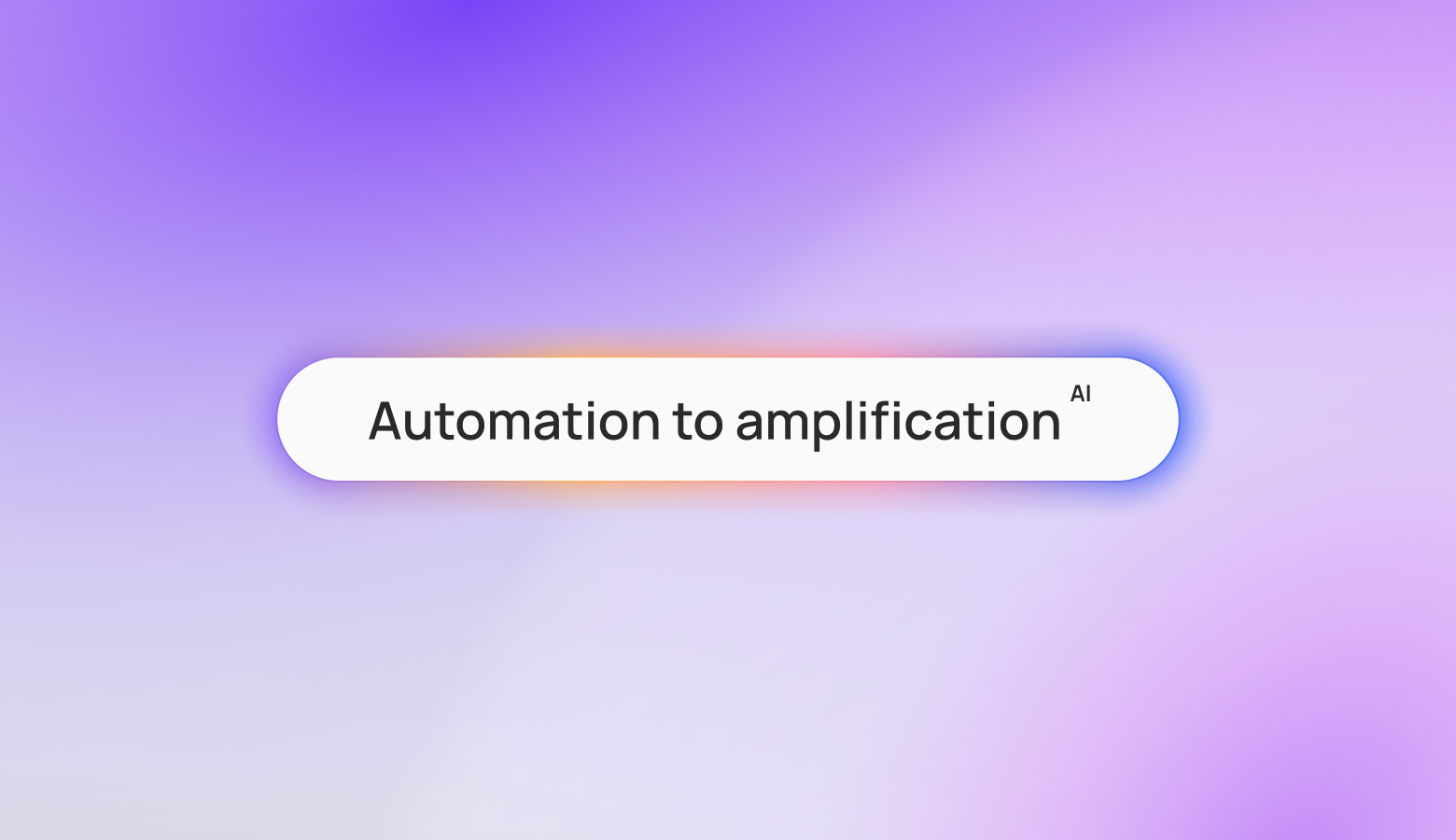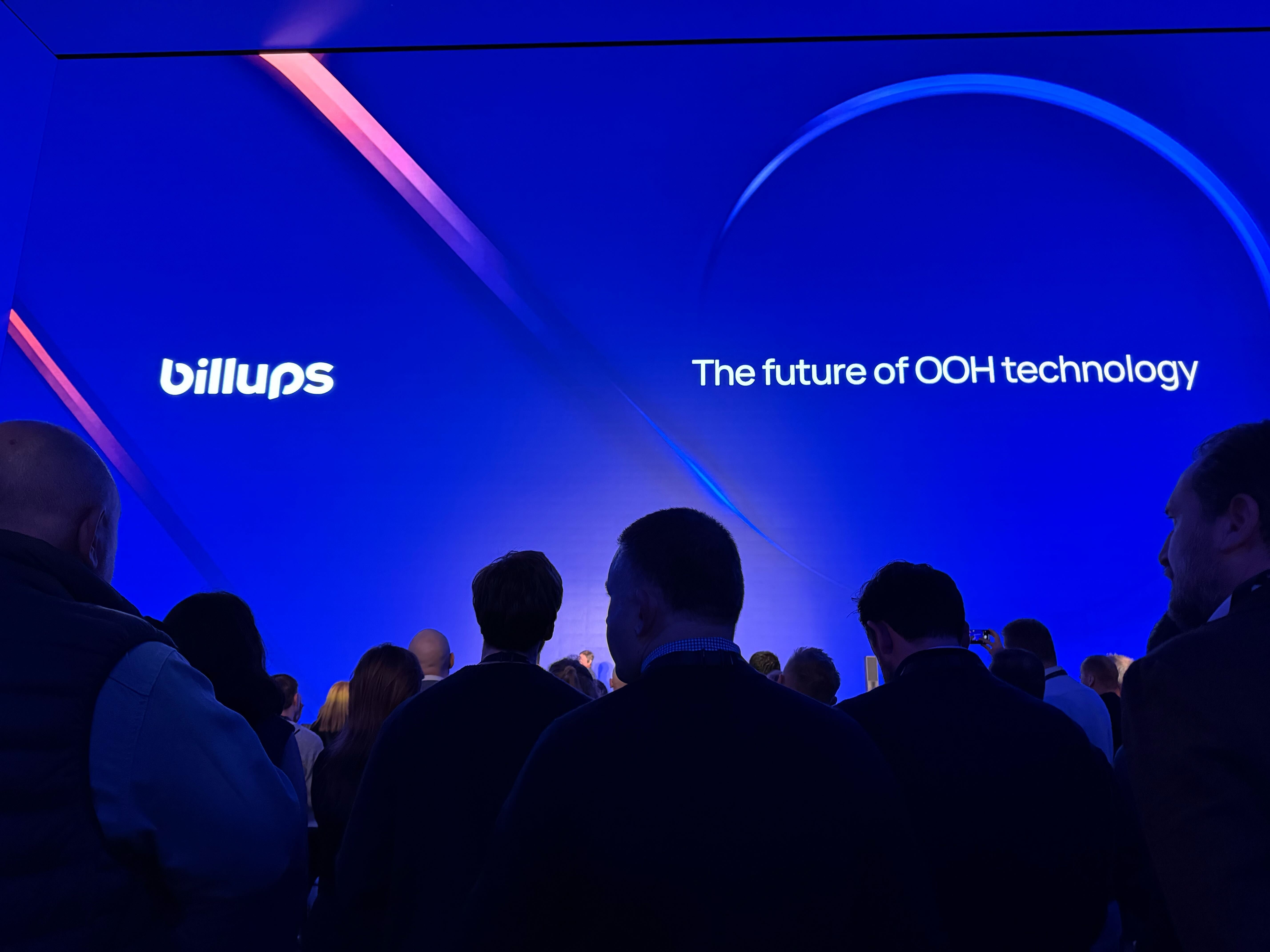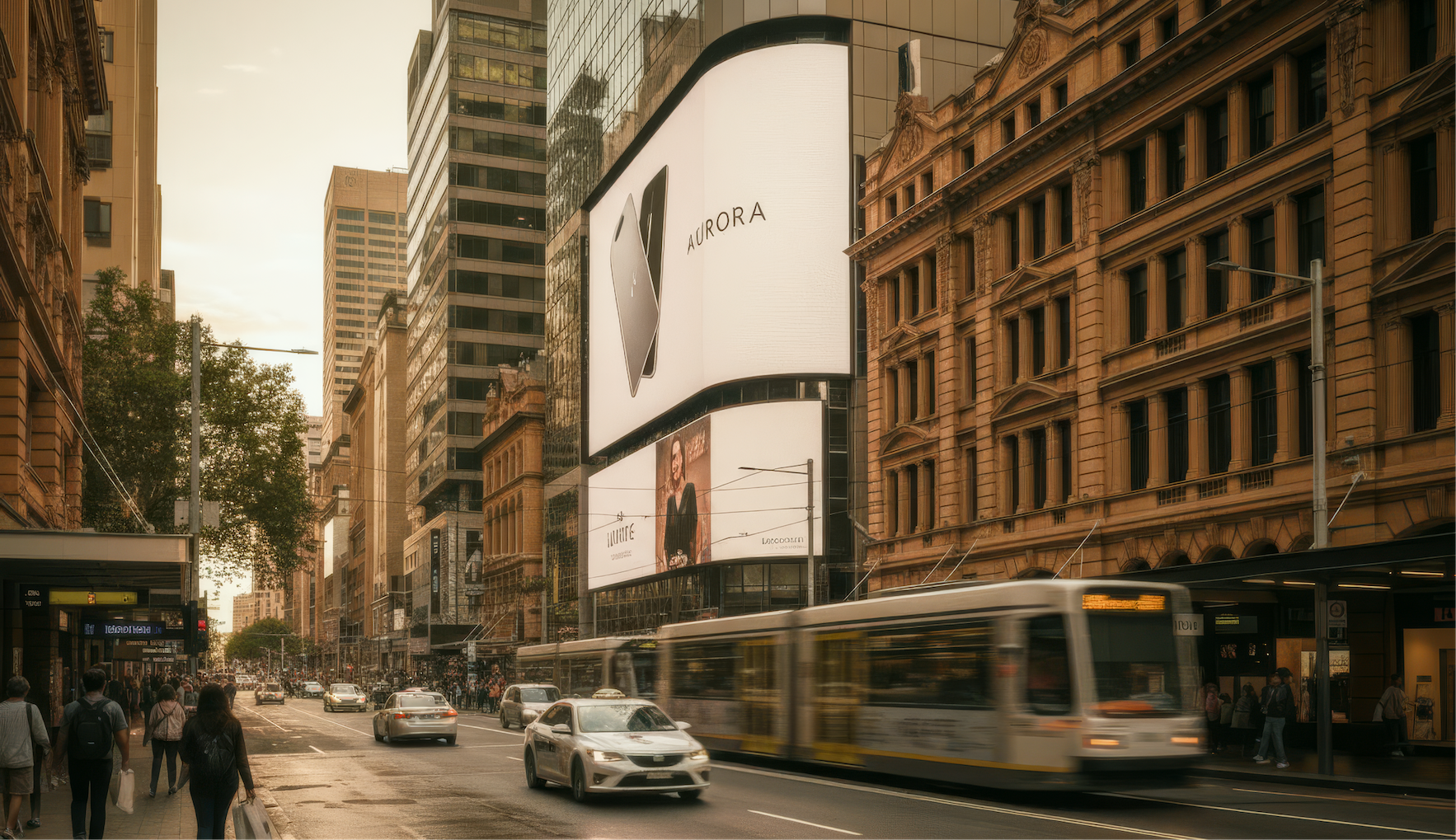What is Attribution in OOH?

One of the biggest myths in OOH is that it is not measurable and that attribution is simply not possible. However, using data science and modeling technologies it is possible to show the impact of an OOH campaign. In this article, you’ll learn the importance of attribution, how it works in OOH, and how Billups’ attribution works to help measure the outcomes of an OOH campaign.
What is Attribution?
Attribution evaluates marketing touch-points a consumer may experience when encountering OOH units and measures the outcome as a result. As such, data science and modeling through billups’ patented OTE technology come into play to determine the results of a campaign.
For online marketing campaigns, this might be the number of clicks, form fills, or conversions. However, OOH is considered an offline channel. Offline channels such as OOH, TV, and radio cannot take advantage of the direct 1:1 attribution channels as digital. As such, data science and modeling come into play to determine the results of a campaign.
What is Offline Attribution? How is it Different from Online Attribution?
Offline attribution shows how offline marketing efforts influence customer behavior and outcomes. Some offline marketing channels include television ads, radio and outdoor advertising. Basically, anything that is not online, can be considered offline.
Online attribution shows what online marketing efforts have the most impact. This can include digital advertising, email marketing or social media. One of the benefits of online attribution is that it usually has the ability to leverage digital tracking technologies to collect data on consumer interactions with marketing touchpoints.
For offline marketing and attribution channels, the scenario is a bit more complex. It might not be possible to create a direct 1:1 correlation to follow a particular customer journey from prospect to conversion. Offline attribution has to use different methods from online attribution to gather information about customer behavior. Online attribution collects data automatically, whereas offline attribution is a bit more challenging due to the difficulty in tracking customer behavior and interaction in the physical world. Surveys, focus groups and other similar methods are some of the ways that offline attribution can be done, but data science and modeling are becoming increasingly popular ways to determine the impact of offline marketing channels.
Why is Attribution Important?
Attribution in outdoor advertising answers the question “What did my OOH campaign do?” or “What happened as a result of my OOH campaign?” It allows advertisers to prove the value of Out-of-Home.
How Does Billups Attribution Work?
Our patented view shed technology determines whether a mobile device location pings within the area from which the OOH advertisement can be seen. From there the mobile device is tracked to determine whether there was a subsequent outcome, such as the mobile device visiting the brand’s store, website or downloading its app. Finally, we apply algorithms to mobile data sets and evaluate what outcomes OOH was responsible for. Here is a graphic depicting the process:

Now that you have an understanding of the attribution process at Billups, it's useful to know how data science is used in attribution.
Data Science 101
Data science is a huge part of how we operate our attribution here at Billups. We use machine-learning to pull in millions of data points so that we can attribute outcomes to specific media activity. It allows us to draw powerful conclusions from sparse data sets to depict campaign performance. Here are some other important points about how we use machine learning and what is possible:
- Modeling observes the relationships between data sets with precision.
- Machine learning model outputs are a prediction, not an estimate. These predictions are verified with statistical confidence.
- Machine learning requires a robust sample size to make conclusions within an acceptable margin of error. It requires the validation of data and control groups to ensure that the right conclusions are being drawn.
- Modeling allows us to reconstruct audience journeys through mobile data, giving us insight into historical traffic patterns.

What is a Control Group and Why is it Important for Attribution?
As mentioned earlier, the validation of results is key. The control group is one of the most important parts of an attribution study. It confirms that study results are due to exposure to an OOH unit in a campaign rather than other variables such as seasonality, other media channels or other market factors. Control groups serve as a benchmark to determine the effects of the OOH campaign versus pre-treatment or no exposure to the campaign.
We use the words “treated” and “untreated” to refer to the audience exposed to the OOH and not exposed respectively. Treated audiences are those who were exposed to the campaign, whereas control audiences are those who were not exposed to the campaign. If someone slated for the control audience is somehow exposed to the OOH campaign, then they must be removed from the control group. The groups must be mutually exclusive.
To learn more about our control group methodology, read this article. Now let's get into exactly what Billups attribution can and cannot do:
Billups Attribution CAN
- Measure the attributed amount of devices exposed to OOH units via data science.
- Parse out outcomes directly attributable to OOH.
- Verify planning scenarios and unshed insights for future planning.
Billups Attribution CANNOT
- Measure the EXACT amount of devices exposed to OOH units due to user privacy.
- Measure the outcomes of other channels outside of OOH.
- Inform changes to take place within 3-4 weeks (more time is needed).
Billups Attribution Studies
Here at Billups, we currently have five attribution studies available to measure the results of your campaign. Choosing which study is right for you depends upon your campaign goals.
- Audience Exposure: The Audience Exposure study tells how many devices came within the view shed of an advertisement.

- Location Visitation: The Location Visitation study shows how much incremental foot traffic or offline sales were generated as a result of the OOH campaign.

- Brand Survey: Brand Surveys ask respondents questions about the brand to show metrics of overall brand awareness and favorability.

- Web Impact: Web Impact studies show how an OOH campaign affected website traffic or online sales.

- App Download: App Download studies show the impact that OOH had specifically towards app download and app activity metrics.

Contact us Today to Measure Results for Your Next Campaign
At Billups, we leverage both the art of strategy and the science of data to help brands create effective and memorable campaigns. Depending on your particular campaign goals we can recommend an attribution study that will help determine whether your campaigns had the intended impact on brand awareness, sales, online traffic and more. Contact us to get started planning and measuring your next campaign.
Further Reading:
- 2023 Data Trends in OOH
- Creating Control Groups for OOH Measurement
- How iOS Privacy Updates Affect OOH Data Attribution



